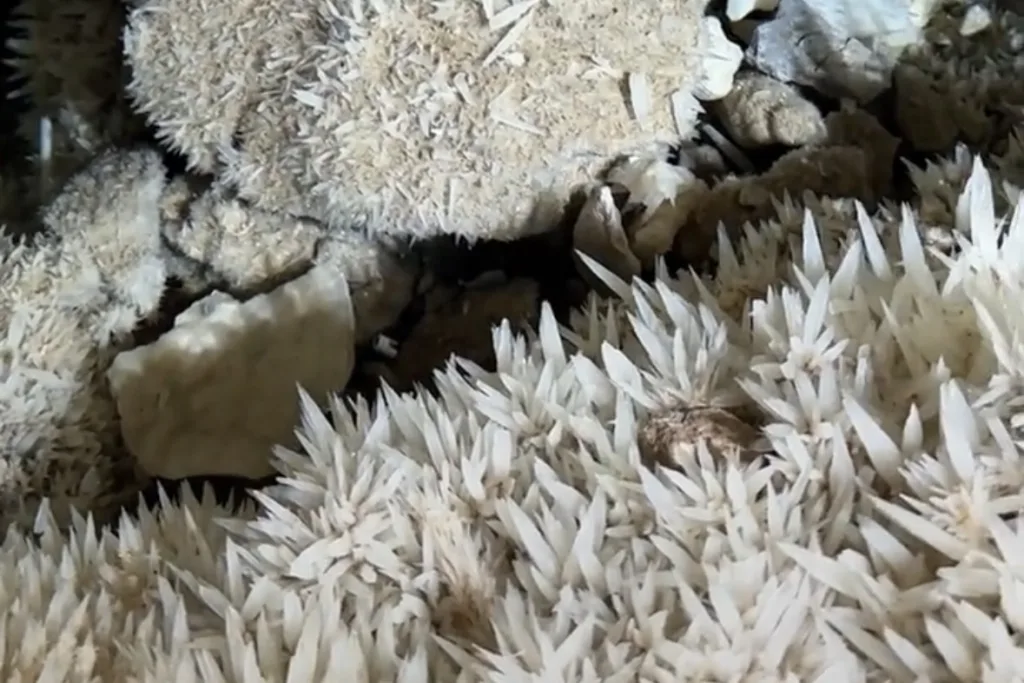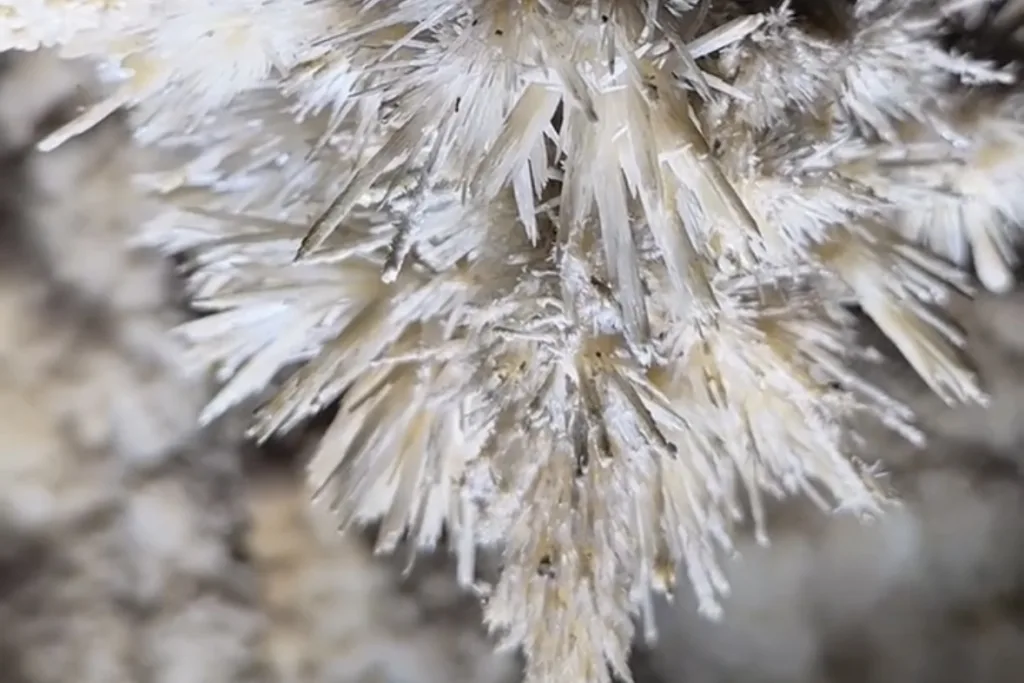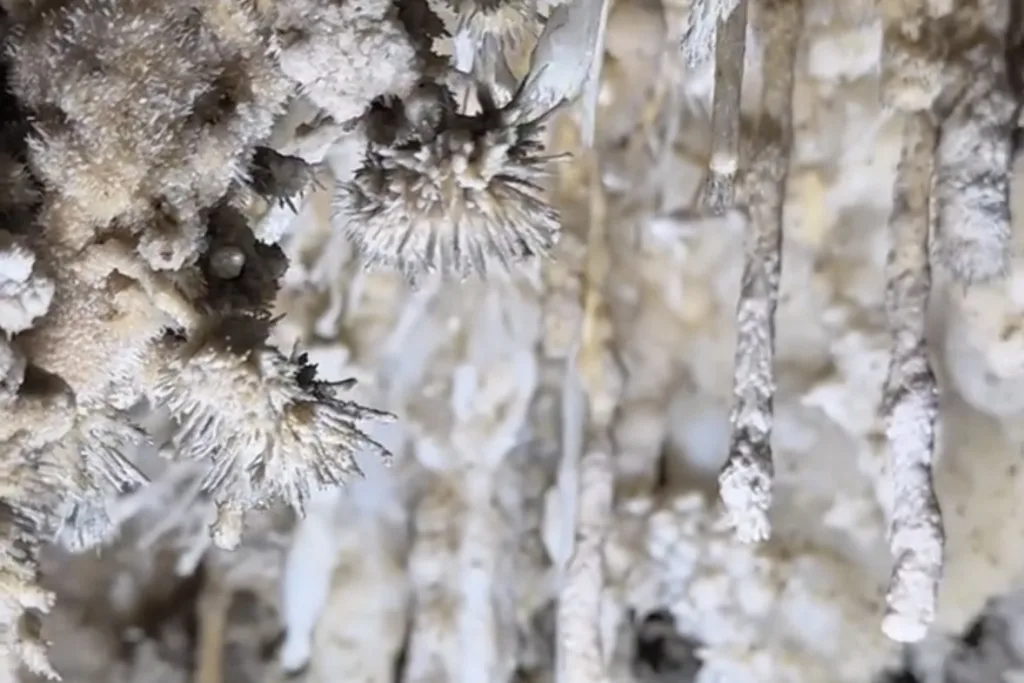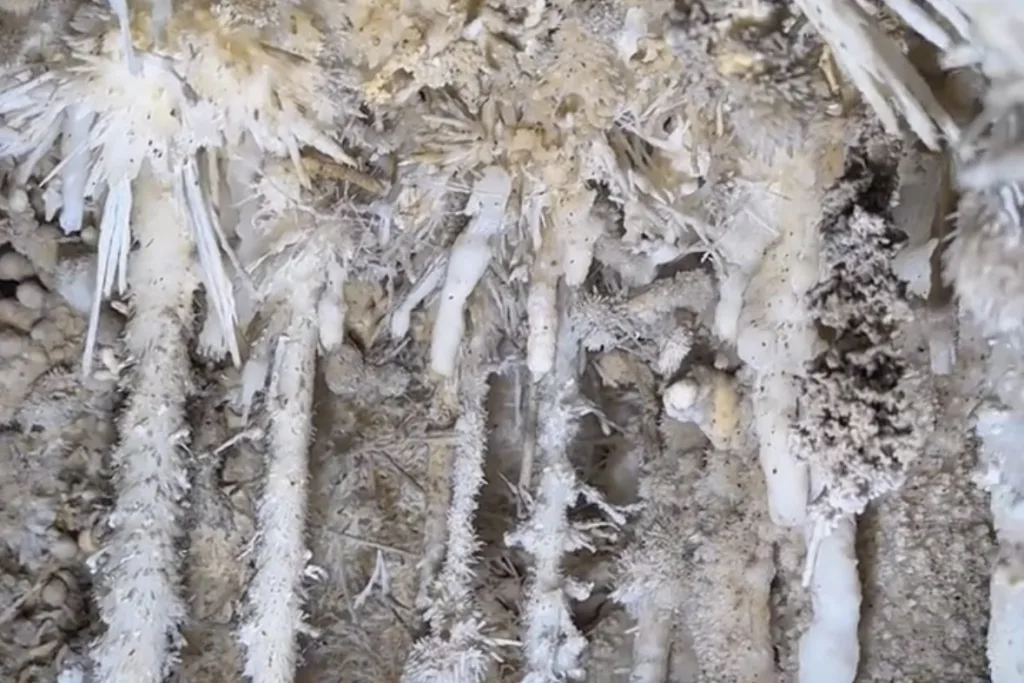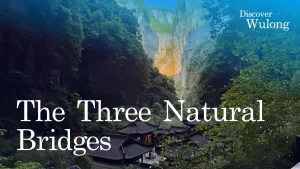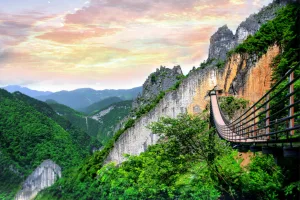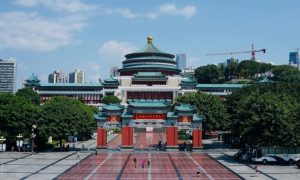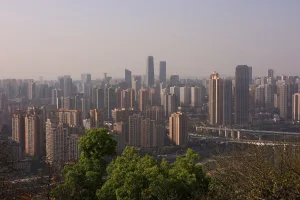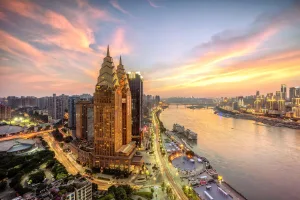Wulong Furong Cave: The Underground Wonderland
Wulong Furong Cave Highlights
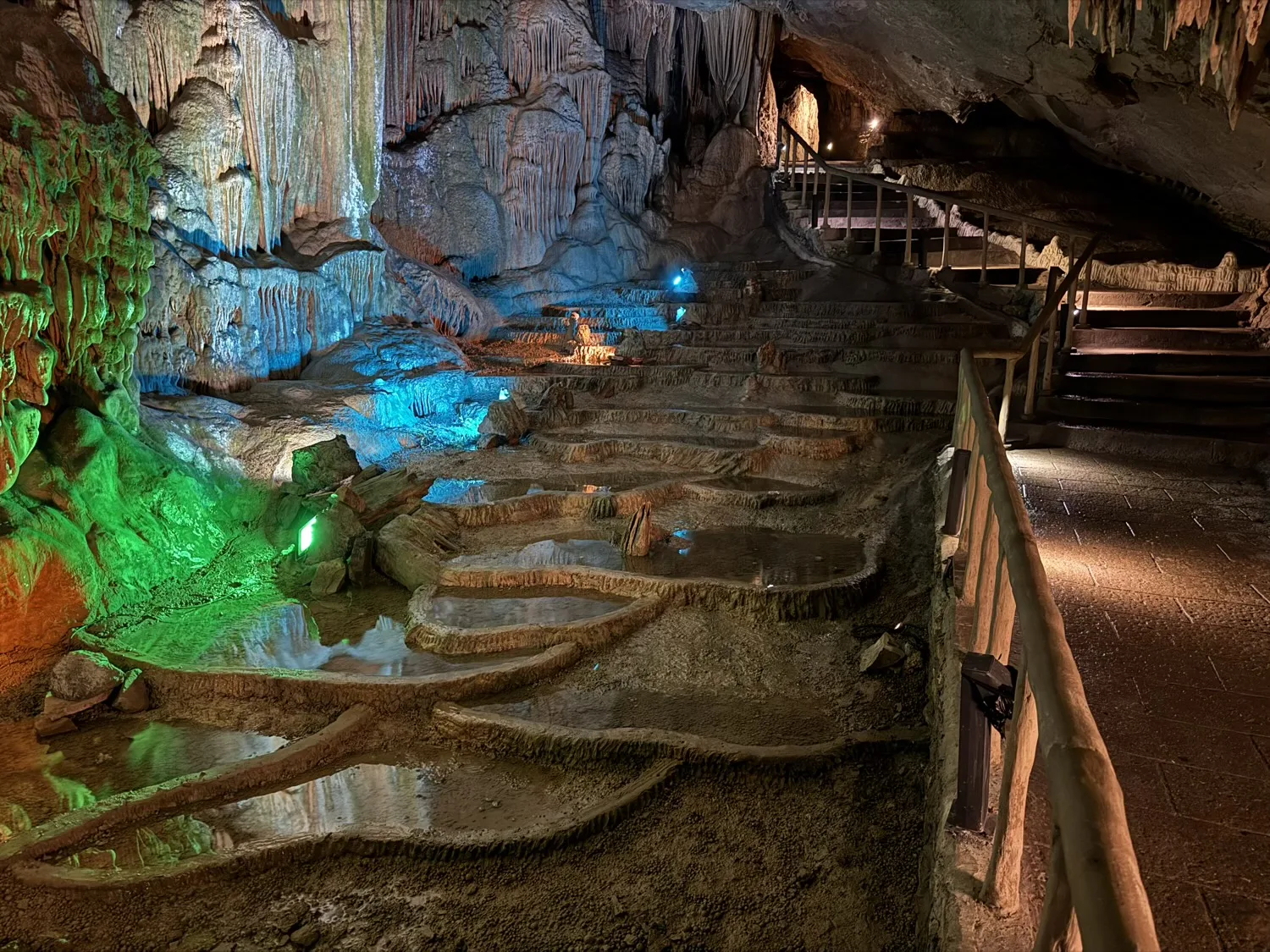
Furong Cave, a UNESCO World Heritage Site, located in Furong County, Wulong, Chongqing, along the Furong River, is a karst cave formed about 1.2 million years ago. It stretches 2.7 kilometres, with a 1.8-kilometre hiking trail open to tourists; the remaining section is closed to visitors. The cave features numerous stalactites and stalagmites, formed over millennia by calcium salt deposits from dripping water. Stalactites hang from the cave ceiling, while stalagmites rise from the ground. Over time, these formations can grow and connect, creating stone pillars.
Furong Cave Operating Hours
Closed - Open Sunday at 9:00 AM
Operating Hours
| Monday | 9:00 AM – 4:30 PM |
| Tuesday | 9:00 AM – 4:30 PM |
| Wednesday | 9:00 AM – 4:30 PM |
| Thursday | 9:00 AM – 4:30 PM |
| Friday | 9:00 AM – 4:30 PM |
| Saturday | 9:00 AM – 4:30 PM |
| Sunday | 9:00 AM – 4:30 PM |
Information is provided for reference only. Do not solely rely on this.
Getting to Wulong Furong Cave
Driving
Train
There is no direct transportation from Wulong Railway Station to Furong Cave. However, you can reach the cave with some self-navigation and interaction with locals.
Destination Station: Furongdong Tourist Centre
Two types of trains provide regular service from Chongqingbei (Chongqing North) Railway Station to Wulong District.
The regular train, designated with a “K” prefix, takes approximately 2 hours, while the city-to-city high-speed train, starting with a “C,” arrives in about 1 hour and 50 minutes. With only a slight difference in travel time, opt for whichever train is available.
As Wulong is a popular tourist destination, train tickets can sell out quickly. Book your tickets early to secure your travel plans.
Price: 24.5 CNY
Travel time: 2 hours
From Wulong Train Station to Furong Cave
Upon exiting Wulong Railway Station, cross the street to locate the bus stop for Bus 201 (fare: 4 CNY).
BoardBus 201 and disembark at the terminal stop, Jiangkou Police Station, in Furong County.
Note that Bus 201 does not travel to Furong Cave, as the cave is situated atop a mountain.
From Jiangkou Police Station, arrange a taxi or local minivan to the Furong Cave Tourist Service Center. Use a translator app to communicate with the driver and display the address in Chinese: 芙蓉洞游客服务中心 (Fúróng Dòng Yóukè Fúwù Zhōngxīn).
Things to Know Before Visiting
Hiking
The trail in Furong Cave is approximately 1.8 kilometres long and takes about one hour to complete. It is a single-loop trail with no return path. The trail includes many narrow, steep stairs, requiring visitors to exercise caution while navigating them. As a water cave, Furong Cave is wet and humid, with water dripping from the ceiling and a slippery floor. Wear sturdy, non-slip shoes to ensure safety.
Accessibility
Furong Cave is not recommended for people with mobility issues.
WiFi
WiFi is available at certain places along the hiking trail in Furong Cave. No password needed.
Cell Service
There is no cell service inside Furong Cave. However, security contact devices are mounted along the hiking trail, allowing visitors to reach security in case of an emergency.
Restroom
The restroom is not available inside Furong Cave. Use the restroom outside Furong Cave.
Furong Cave Ticket
You can purchase a ticket for Furong Cave at the tourist centre. The price you pay depends on the season you visit.
Peak season (March – October): 150 CNY (Admission + Cableway)
Off-peak season (November – February): 135 CNY (Admission + Cableway)
The Discovery of Furong Cave
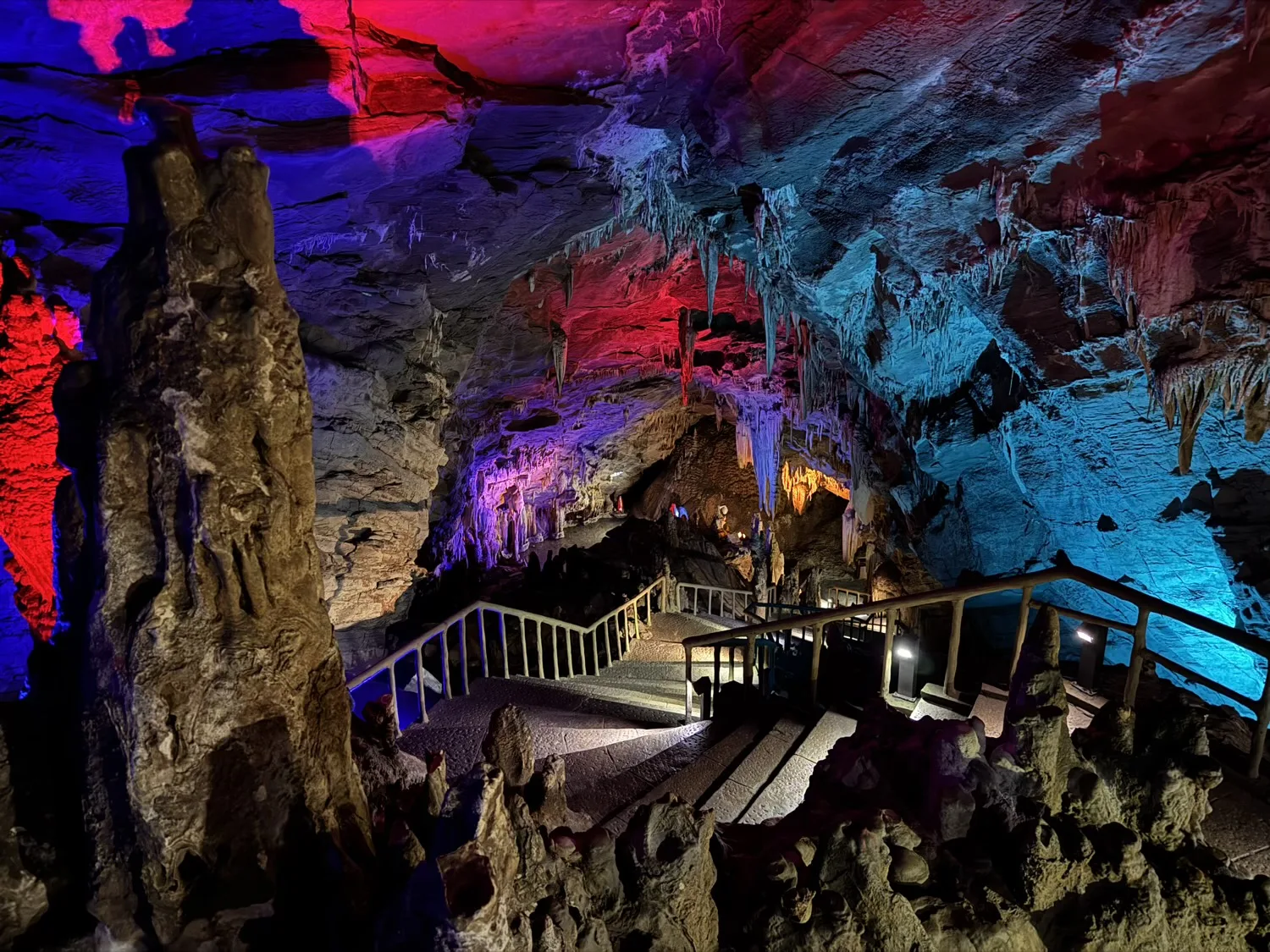
Among the older generation in Wulong, a warning passed down from ancestors claimed that Furong Cave was a“demon cave” inhabited by monsters, forbidding anyone from entering.
Over time, tales of demons faded, replaced by beliefs that the cave held gold, silver, treasures, and martial arts secrets. Yet, no one dared to explore it.
In 1993, a group of villagers, emboldened by alcohol, ventured inside with flashlights. They found no treasures but discovered an array of bizarrely shaped stones—some hanging, some standing, in all sorts of peculiar forms.
They pressed deeper until a blocked path forced them to turn back hastily.
The group kept their findings secret for six months before informing the local government.
Subsequently, the government organized experts to survey the cave, revealing it to be a spectacular karst wonder that stunned the world.
Furong River
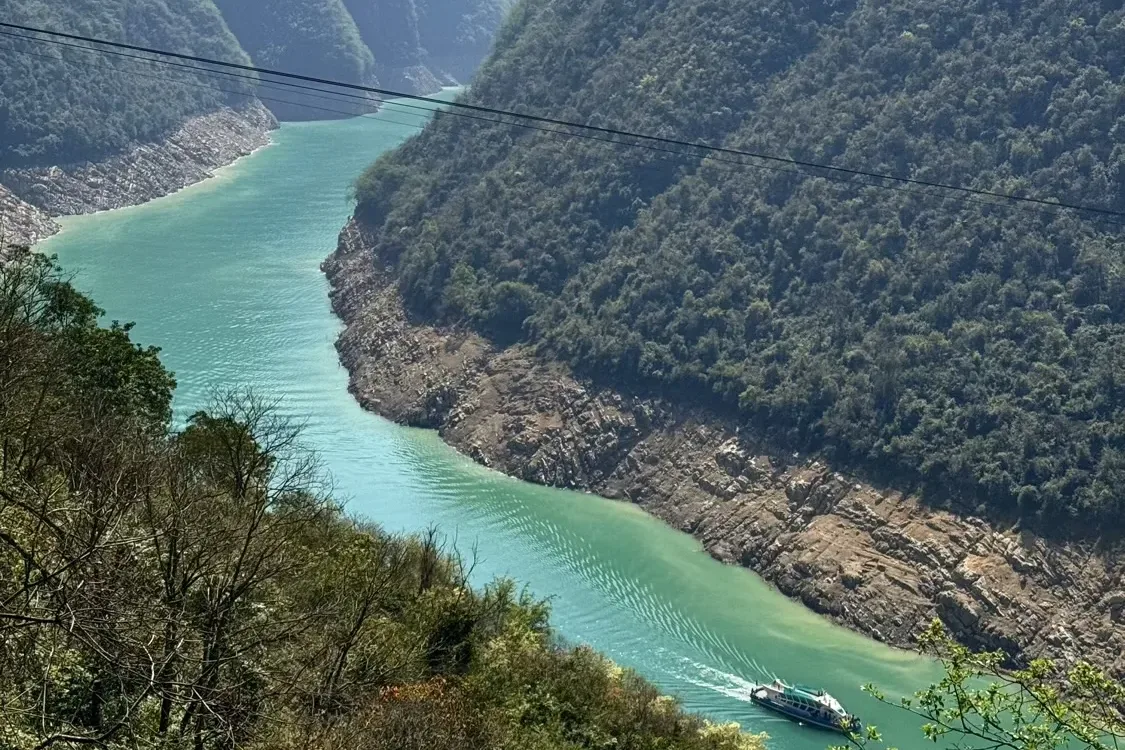
The Furong River (芙蓉江, Fúróng Jiāng) is a scenic waterway flowing through the region’s dramatic karst landscape. A tributary of the Wujiang, it stretches approximately 70 kilometres, renowned for its crystal-clear waters, lush greenery, and towering limestone peaks.
The river’s banks host Furong Cave and other attractions like the Three Natural Bridges. Visitors can enjoy rafting, sightseeing cruises, or cable car rides from the Furong Cave Tourist Service Center, offering stunning views of the river’s emerald waters and rugged cliffs.
The river’s tranquil yet striking environment makes it a vital part of Wulong’s natural beauty, complementing the cave’s underground wonders.
Top Attractions at Furong Cave

Glorious Hall (Brilliant Hall)
The largest chamber in Furong Cave spans 11,000 square meters with a width of 69.5 meters and a height of 48.3 meters. This expansive hall showcases a dazzling array of stalactites, stalagmites, and stone pillars illuminated by colourful lights, creating a surreal, palace-like atmosphere. It’s often described as the heart of the cave’s underground splendour.
Stone Waterfall
A massive flowstone formation, 15.76 meters wide and 21.04 meters high, resembling a frozen cascade. This dramatic feature, with coral-like calcite projections at its base, is one of the cave’s most iconic sights, showcasing nature’s ability to sculpt breathtaking formations over millions of years.
Coral Yao Pool
A 30-square-meter pool, 0.5 to 1.3 meters deep, filled with spectacular calcite crystals, floating rafts, and cave coral. The pool’s vibrant red coral-like structures and dog-tooth calcite crystals create a mesmerizing underwater scene, often highlighted as a rare and precious feature.
Leifeng Pagoda
A striking stalagmite formation resembling a pagoda, exquisitely carved by natural processes. This formation stands out for its intricate details and is a favourite among visitors for its cultural resonance and artistic beauty, enhanced by vibrant lighting.
Underwater Dragon Palace
A section of the cave features delicate, translucent formations that evoke an ethereal underwater world. The interplay of stalactites and reflective pools creates a dreamlike scene, often compared to a mythical dragon’s lair
1000-Arrows Hall
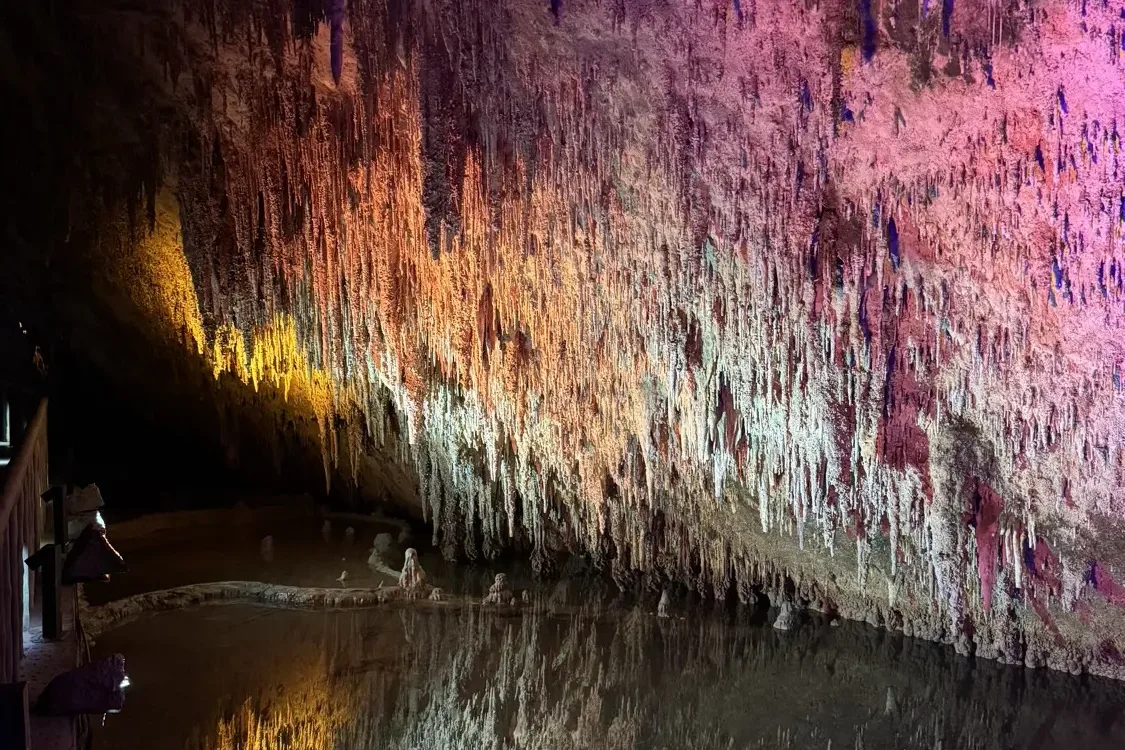
A unique area with stalactite formations resembling a barrage of arrows, creating a dramatic and imaginative scene. This hall captivates visitors with its otherworldly appearance and the story behind its natural “archery” display.
Cave Grape
A cluster of calcite formations that look like bunches of grapes hanging from the cave ceiling. These delicate, translucent structures add a whimsical charm to the cave’s diverse speleothems and are a highlight for their unusual shape.
Sleeping Buddha
A rock formation resembling a reclining Buddha, illuminated to emphasize its serene and spiritual presence. This evocative formation draws visitors for its cultural significance and the way it blends natural artistry with human imagination.
Crystal Palace
A section filled with sparkling crystalline formations, including gypsum flowers and aragonite structures. The palace-like area dazzles with its pristine, jewel-like features, making it a standout for its elegance and rarity.
Jade Pillar (Sky-Reaching Jade Pillar)
A towering stone pillar formed by the connection of stalactites and stalagmites symbolizes the cave’s geological evolution. This majestic formation is celebrated for its height and the awe it inspires as a testament to nature’s patience.
Wulong Furong Cave Travel Route
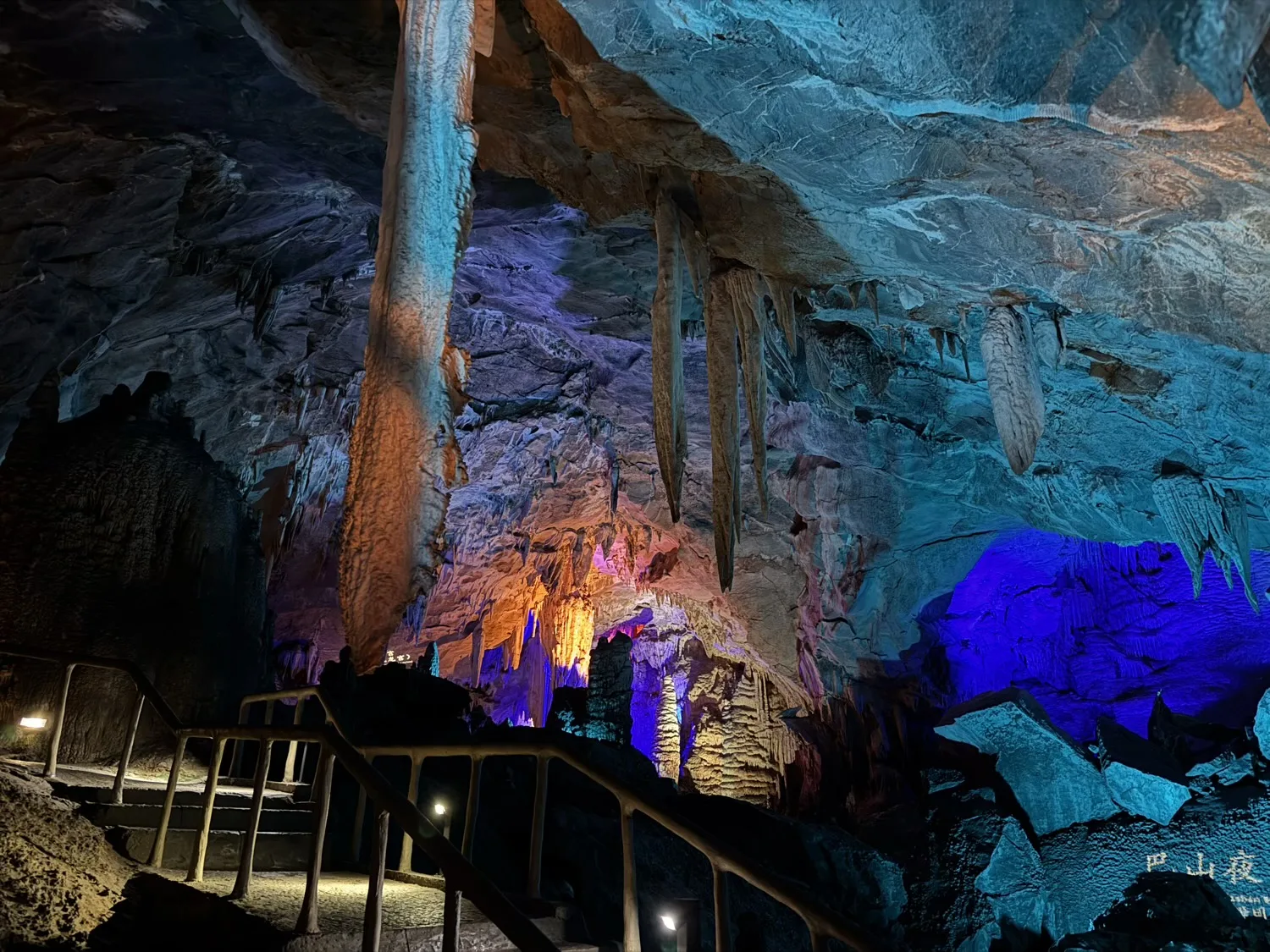
- Tourist Centre
- Cableway
- Furong River
- Furong Cave Entrance
- Original Cave Entrance
- Sleeping Buddha
- Lotus Pond
- Underwater Dragon Palace
- 1000-Arrow Hall
- Coral Pond
- The Jade Pillar
- Exit
- Cableway
- Tourist Centre
The Closed Area of Furong Cave
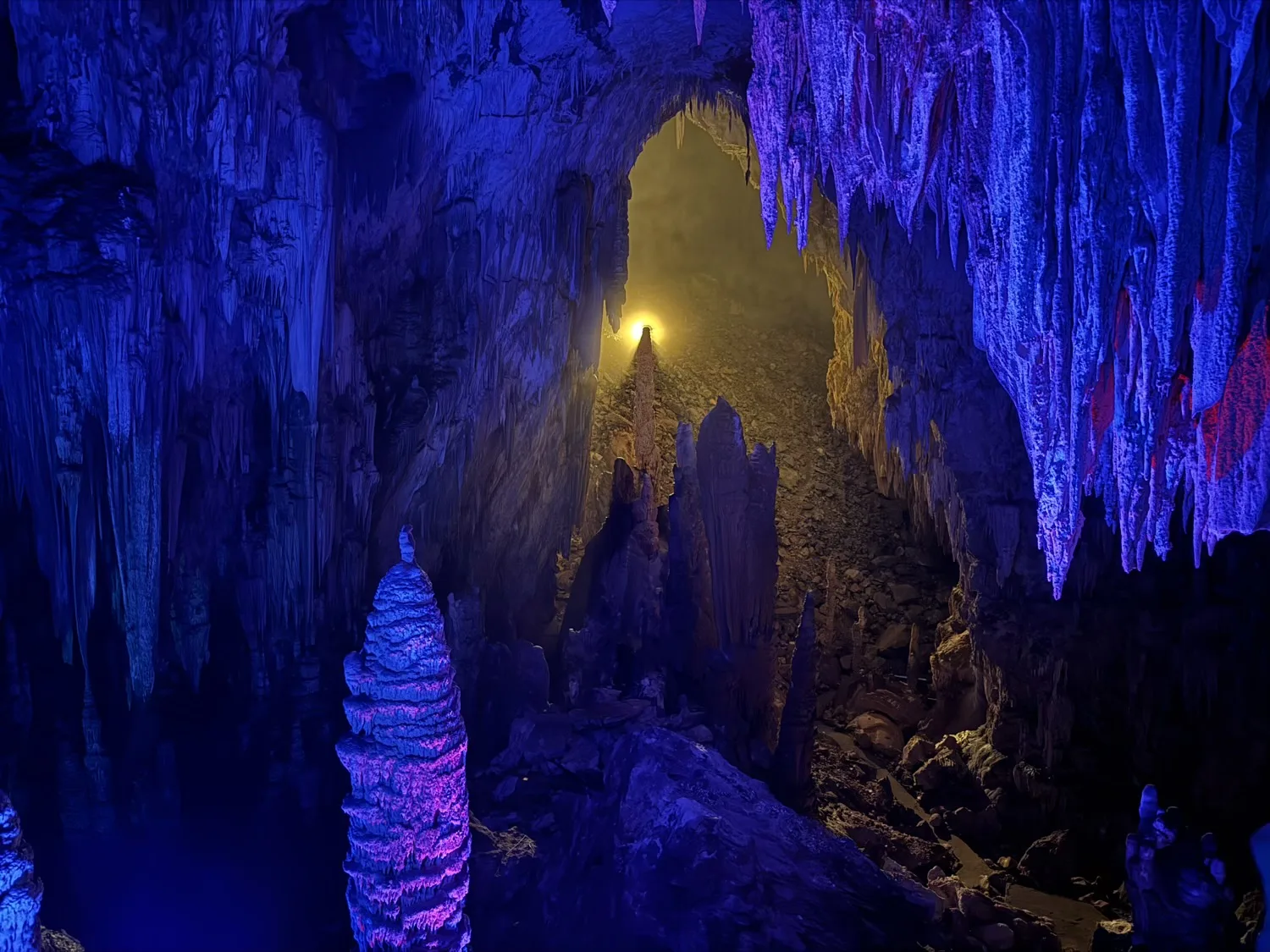
As you explore Furong Cave, you may notice a fenced-off path veering toward a lit area. For those who pay close attention, a trail is still visible beyond the barrier, and it’s marked on the official Furong Cave map.
This hidden trail leads to one of Furong Cave’s treasures, the Stone Flowers, delicate formations resembling blooming flowers or intricate snowflakes etched into the rock. Their breathtaking beauty is truly unforgettable.
Unfortunately, this path is no longer open to tourists, and the reason remains unclear. Some speculate that the 2008 Sichuan earthquake damaged the Stone Flowers, prompting officials to close the area for their protection. As a result, visitors can no longer witness this stunning feature in person.
The Furong Cave Stone Flowers
The Stone Flowers are delicate and rare calcite or gypsum formations, considered one of the cave’s “treasures”. These speleothems resemble blooming flowers, snowflakes, or intricate crystalline structures etched into the cave’s limestone surfaces. Formed over millions of years through mineral-rich water seepage, they exhibit a fragile, translucent beauty, often sparkling under the cave’s lighting.

